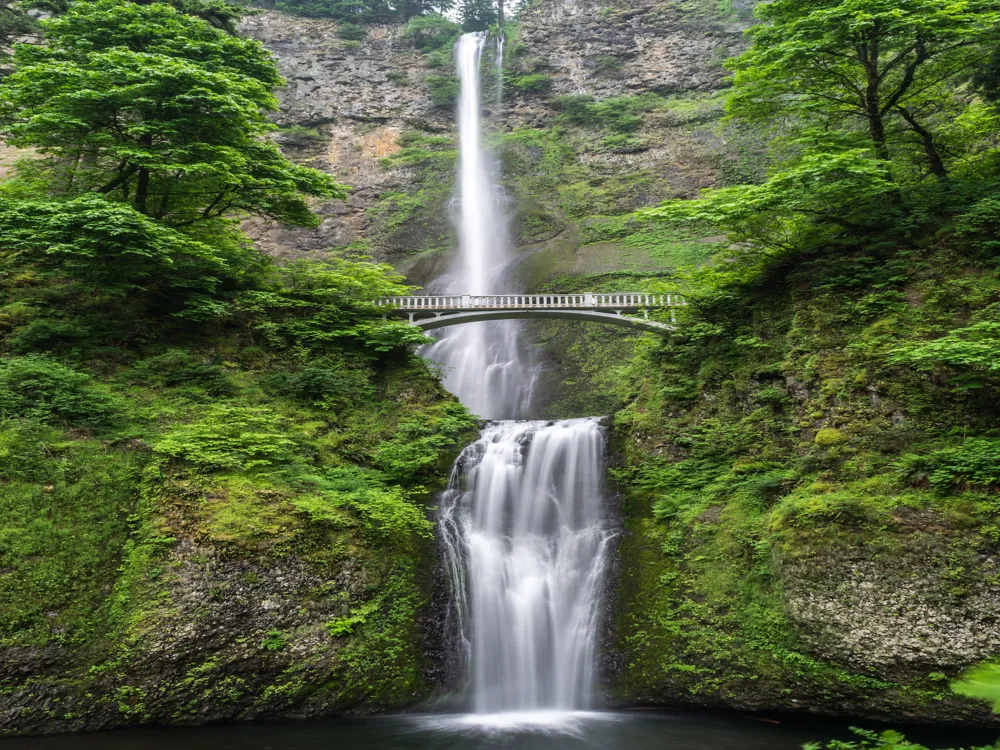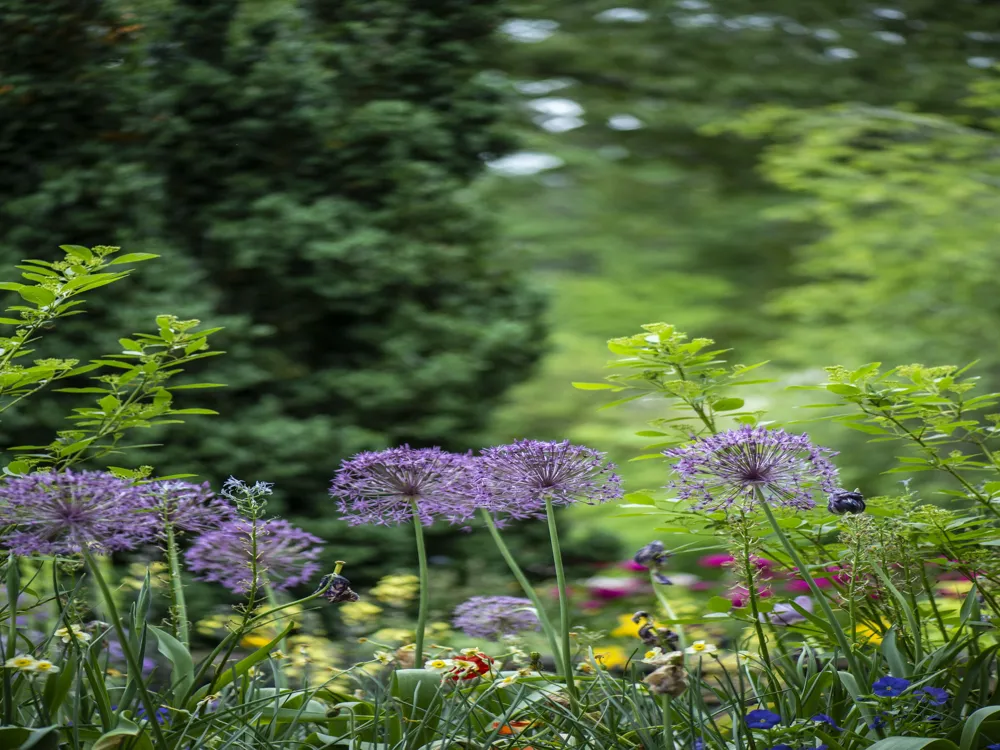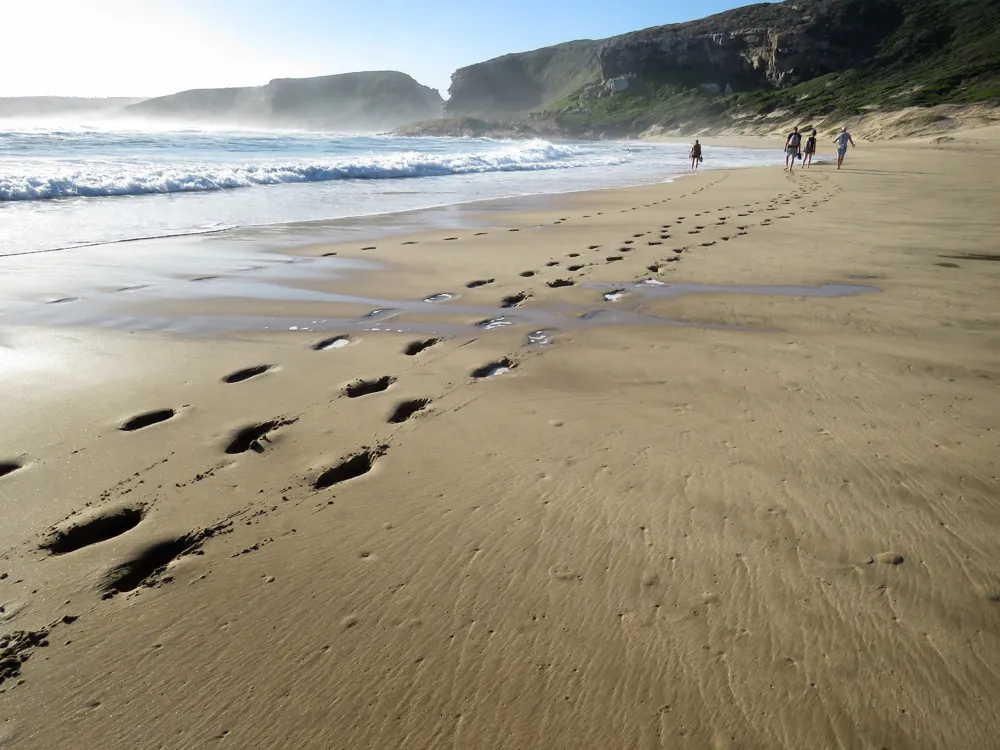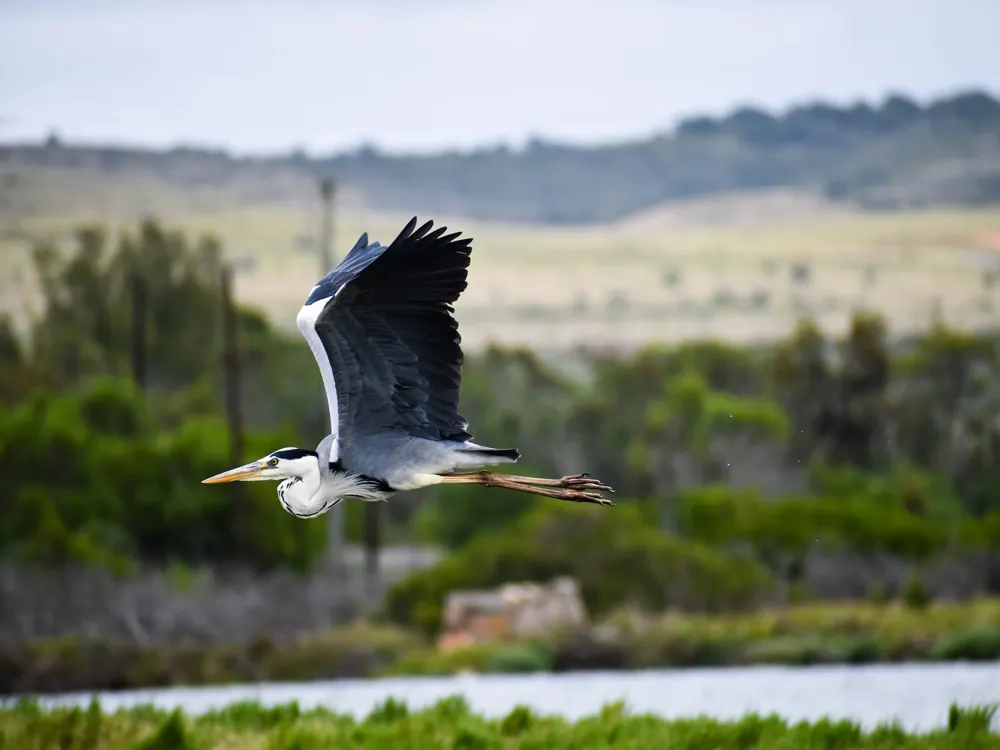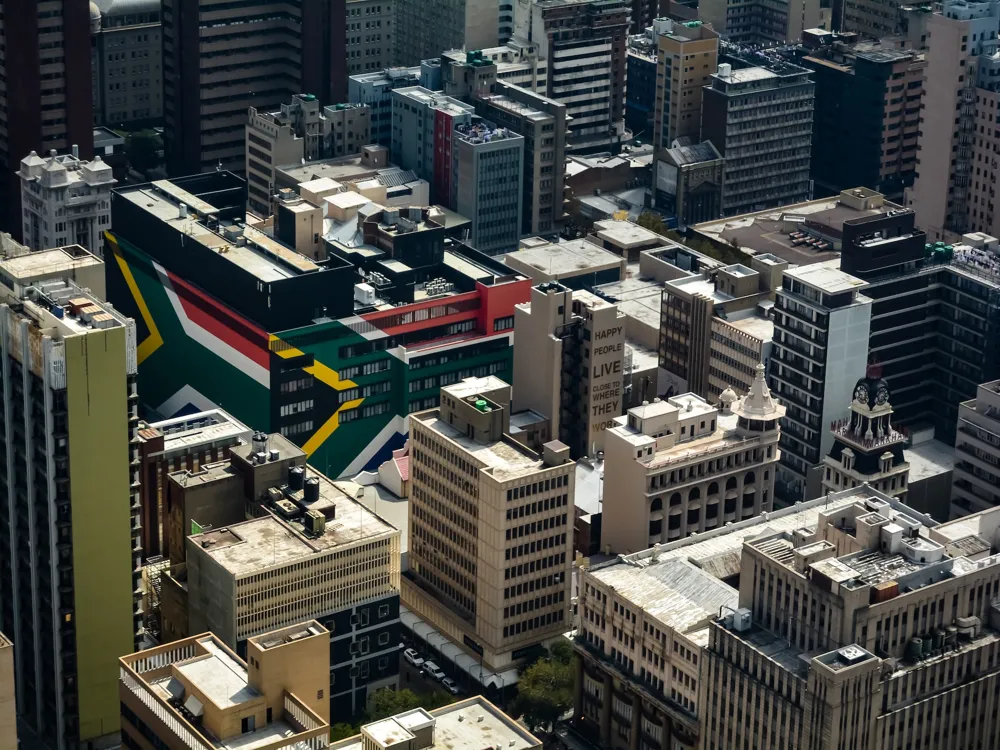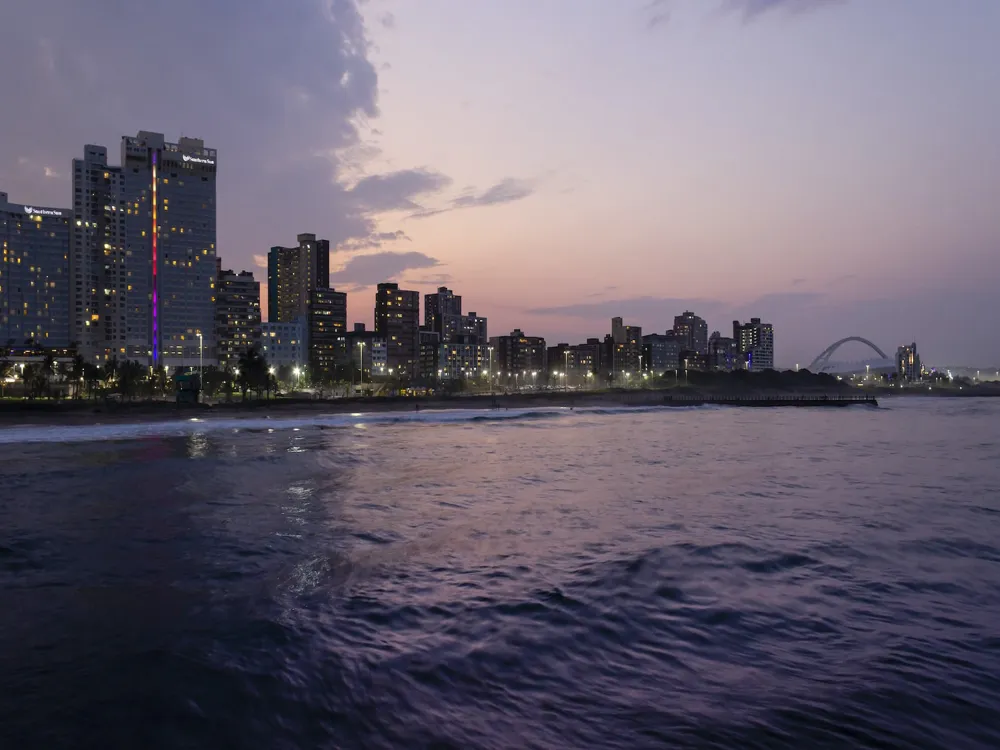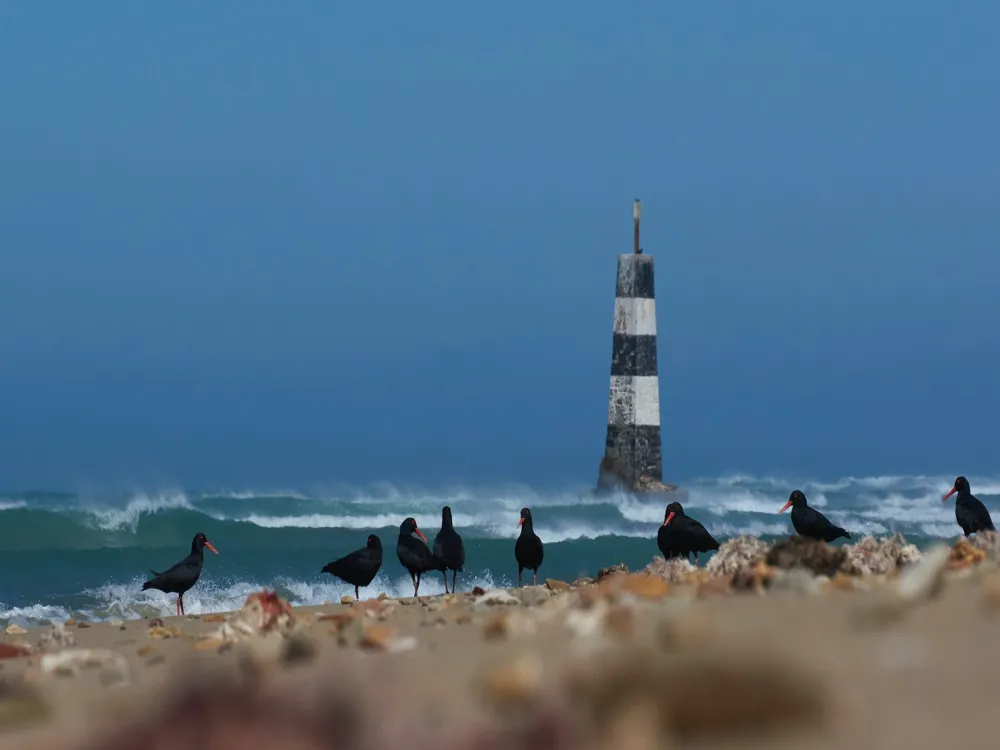The Prince Alfred Pass, a majestic mountain pass located in the Western Cape province of South Africa, is a remarkable feat of engineering and natural beauty. Connecting Knysna on the Southern Cape to the towns in the Little Karoo, this pass holds a special place in South African history and offers a unique experience for travelers. Carved through the rugged terrain of the Outeniqua Mountains, it spans approximately 68 kilometers, making it one of the longest mountain passes in the country. The pass was named after Prince Alfred, the Duke of Edinburgh and second son of Queen Victoria, who visited South Africa in the 19th century. The history of the Prince Alfred Pass is deeply intertwined with the development of the region. Constructed under the supervision of the renowned road engineer, Thomas Bain, its construction began in 1863 and was completed in 1867. This monumental task was achieved with rudimentary tools and a workforce mainly comprising of convicts. The pass was built to provide a trade route between the coast and the interior, significantly impacting the economic and social development of the area. Today, it stands as a testament to human ingenuity and determination, set against the backdrop of some of the most breathtaking landscapes in South Africa. As you traverse the pass, you are greeted with ever-changing vistas – from lush indigenous forests and mountain streams to rugged cliffs and panoramic views. The diversity of flora and fauna in this region is astounding, with opportunities to see a variety of bird species, small mammals, and unique plant life. The route also takes you through charming rural communities, where the warmth and hospitality of the local people add to the richness of the experience. For those interested in outdoor activities, the Prince Alfred Pass offers ample opportunities for hiking, mountain biking, and bird watching. The architecture of the Prince Alfred Pass is a marvel of 19th-century engineering, reflecting the ingenuity and determination of its creator, Thomas Bain. Bain, known for his skill in designing and constructing mountain passes, used innovative techniques and local materials to build a pass that was both functional and harmonious with the natural landscape. The construction of the Prince Alfred Pass was a colossal undertaking, considering the technology of the time. Without modern machinery, the work was carried out by hand, using simple tools like picks, shovels, and wheelbarrows. The labor force, mainly convicts, worked in harsh and often dangerous conditions to carve the road out of the mountainside. Despite these challenges, Bain's expert planning and the resilience of the workers resulted in a pass that has stood the test of time. The design of the pass showcases Bain's understanding of the rugged terrain. He skillfully planned the route to minimize steep gradients, making the pass navigable for ox-wagons, which were the primary mode of transport at the time. The pass features numerous curves and switchbacks, which help to manage the elevation changes while offering stunning views of the surrounding landscape. The use of local stone in the construction of retaining walls and culverts not only provided stability to the road but also blended seamlessly with the natural environment. One of the key architectural features of the Prince Alfred Pass is its dry-stacked stone retaining walls. These walls, built without mortar, have stood for over a century, showcasing the craftsmanship of the builders. The walls support the road and prevent erosion, crucial in the mountainous terrain. The construction of the pass also involved the creation of several river crossings, including bridges and fords, designed to withstand the variable flow of mountain streams. Today, the Prince Alfred Pass is not only a functional route but also a living museum of engineering history. Its architecture speaks volumes about the early road-building techniques in South Africa and stands as a tribute to Thomas Bain and his team. The pass's integration with the natural landscape and its minimal environmental impact make it a prime example of sustainable infrastructure long before the concept became a global concern. Ensure your vehicle is in good condition before tackling the Prince Alfred Pass. Check your brakes, tires, and engine to ensure they are up to the task of navigating the steep gradients and tight bends. A 4x4 is recommended, but not essential. The weather can be unpredictable in the mountains. Check the forecast and be prepared for sudden changes in weather conditions, which can include fog, rain, and even snow in winter. Carry enough water, food, and warm clothing. The pass is remote, and facilities are limited. Also, include a first-aid kit, a map, and a charged cellphone in case of emergencies. Be mindful of the environment and the local communities along the pass. Stick to marked roads, dispose of waste properly, and interact respectfully with locals. Allow sufficient time to travel through the pass. It's not a route to be rushed – take time to enjoy the scenery and be aware that parts of the road can be challenging, requiring slower speeds. Reaching the Prince Alfred Pass is an adventure in itself. The pass is situated between Knysna and Uniondale, accessible from both the Garden Route and the Little Karoo. From Knysna, take the N2 highway and turn onto the R339, which leads directly to the pass. From Uniondale, take the R339 in the opposite direction. Both routes offer scenic drives and are well signposted. It's advisable to use a GPS or a reliable map, as mobile reception can be spotty in the mountains. Remember, the journey is part of the experience – take your time and enjoy the breathtaking landscapes en route to this historic and beautiful pass. Read MoreOverview of Prince Alfred Pass of Knysna
architecture of Prince Alfred Pass
Tips When Visiting Prince Alfred Pass
Prepare Your Vehicle
Check Weather Conditions
Carry Essentials
Respect Nature and Local Communities
Plan Your Route and Time
How To Reach Prince Alfred Pass
Knysna Tourism
Best Time to Visit Knysna
How to Reach Knysna
Things To Do Knysna
Prince Alfred Pass
Knysna
₹ 47,937 onwards
View knysna Packages
Knysna Travel Packages
View All Packages For Knysna
Top Hotel Collections for Knysna

Private Pool

Luxury Hotels

5-Star Hotels

Pet Friendly
Top Hotels Near Knysna
Other Top Ranking Places In Knysna
View All Places To Visit In knysna
View knysna Packages
Knysna Travel Packages
View All Packages For Knysna
Top Hotel Collections for Knysna

Private Pool

Luxury Hotels

5-Star Hotels

Pet Friendly









